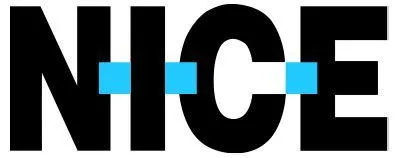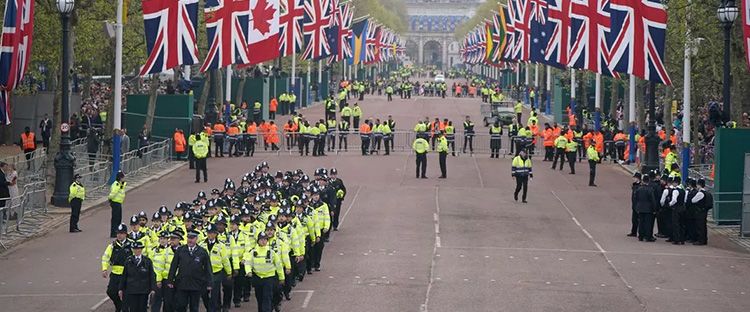On Saturday 6th May, an estimated 1.2 million people lined the streets along a 1.42-mile route in London, between Westminster Abbey and Buckingham Palace, to be part of the historic coronation of King Charles and Queen Camilla. Whilst the eyes of the world watched a display of pomp, pageantry and ceremony that had not taken place for 70 years, behind the scenes the Metropolitan Police were putting Operation Golden Orb into action.
Given the volume of people in attendance and the potential for disturbance, Operation Golden Orb was a resounding success. Surprisingly, only 64 arrests were made – a small number that can be attributed to a combination of effective route security, intelligence-led policing, community engagement, crowd management, and of course, the good conduct of the public. The 11,000-plus Metropolitan Police officers on duty were well trained and many had prior experience managing events of this magnitude stemming from Queen Elizabeth’s 2022 Platinum Jubilee celebrations.
Whether watching from the street or afar, the sight of uniformed police officers lining the procession route was as quintessentially British as the Gold State Coach, the household cavalry and the marching bands. But despite the pageantry, the police were there to serve an important purpose. In an address to the House of Lords on 11th May, Lord Sharpe of Epsom, echoed the views of many: "My Lords, the policing of the Coronation was a tremendous success. The event passed off without incident and tens of thousands of people were able to witness it, while hundreds who do not support a monarchy were able to express their views. I am grateful for the opportunity once again to pay tribute to the police, volunteers, staff, military and everybody else who was involved in delivering such a momentous day on behalf of the nation."
While the coronation was all about preserving long-established traditions, behind the scenes, police were assisted by all types of modern technologies. Members of the public were encouraged to use online reporting if they suspected any suspicious activity that could potentially relate to a terror threat. Surveillance cameras and artificial intelligence-powered applications ensured the route was closely monitored, whilst officers on the front-line relied on body worn cameras to capture audio and footage of the day. Meanwhile, as the focus of the celebrations switched to Windsor, Thames Valley Police reportedly used drones to help safeguard the crowds.
It's remarkable to think that none of these technologies even existed during the last coronation of Queen Elizabeth II in 1953.
As more new technologies are adopted, police forces are also embracing Digital Evidence Management Systems (DEMS) in record numbers. With DEMS solutions like Evidencentral, when incidents happen, police can leverage every piece of digital evidence to find the truth of what happened. The ability to manage digital evidence more efficiently and effectively can streamline the entire criminal justice process, as police forces work alongside their justice partners to investigate and prosecute crimes.
While the much-anticipated pageantry of ‘the coronation’ has stayed the course over seventy years, it’s clear that the face of modern-day policing has vastly changed. And the pace of innovation of is accelerating.



